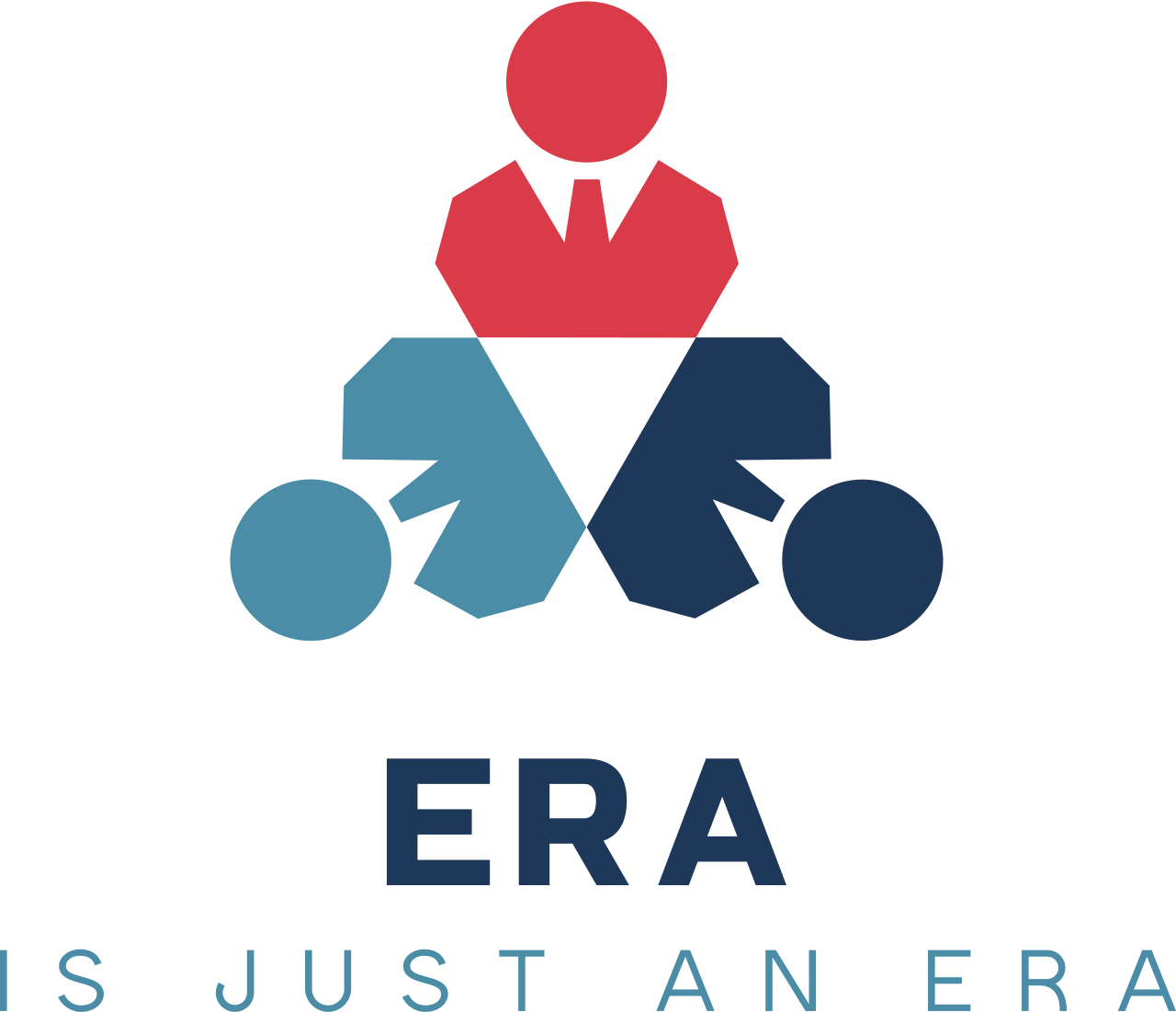Innovating Enterprise Security and HR with IoT and AI
In what ways does the integration of zero‐trust architecture with NAC solutions transform network defense strategies, especially in hybrid work and IoT environments?
In today’s rapidly evolving technological landscape, enterprises are increasingly exploring novel ways to blend traditional business functions with cutting-edge innovations. A prime example lies in the integration of the Internet of Things (IoT) with advanced artificial intelligence techniques, such as radial basis function neural networks. This fusion is not only redefining how companies manage human resources but is also setting a new benchmark for securing communication systems in a data-driven world.At the core of this convergence is the ability of RBF neural networks to model complex, non-linear relationships within vast datasets. When applied to network security, these systems learn normal operational patterns in network traffic and device interactions, allowing businesses to detect anomalies that could signal unauthorized access or data breaches. This predictive capability empowers organizations to take proactive measures to safeguard sensitive information, reinforcing the integrity of their digital communication networks. Simultaneously, the integration of big data technologies bolsters intelligent management systems, driving overall system optimization and strengthening secure operations.Beyond security, these innovative solutions are making significant inroads into human resource management. Traditional HR practices are often challenged by the rapid pace of technological change. By leveraging IoT data alongside neural network algorithms, companies can now predict and plan for future HR needs with remarkable accuracy. This sophisticated approach analyzes historical employee performance data, sales revenue metrics, and other pertinent factors to forecast workforce requirements, ultimately enabling better resource allocation and strategic planning. The result is a more flexible, responsive HR framework that aligns with the evolving demands of modern enterprise management.Moreover, the transition to virtual work environments further underscores the need for technological innovation. In an era where remote work is becoming the new norm, fostering trust among dispersed teams is crucial. Advanced communication frameworks and AI-driven trust-building strategies are emerging to address these challenges, ensuring that even virtual teams enjoy a cohesive and inclusive information flow. These developments not only enhance collaboration but also contribute to building robust digital cultures adaptable to the dynamics of remote work.Overall, the innovative marriage of IoT, advanced AI techniques, and data-driven management systems is setting the stage for a more secure, agile, and predictive enterprise landscape. As businesses continue to navigate the complexities of digital transformation, these pioneering solutions serve as a beacon for future-focused development.
